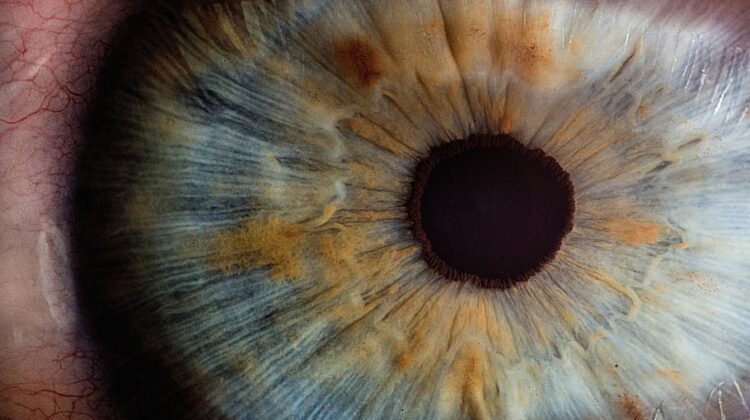
Are we really just an overgrown appendage for carrying around eyes and processing visual information or are we missing something in our understanding of our senses and the world?
Most people can tell you at least one physiological fact about eyesight that seems to suggest that vision trumps all other senses. Some examples could be: “50% of our brainpower is used to process visual information,” or “the eye has its own nerve connection directly into the brain” etc. As enthusiasts of sound and acoustics this can seem somewhat discouraging and is oftentimes an underlying justification for undervaluing sound and acoustics in any design process. In part 1, we discussed our cultural focus on the eye. In this post we will look into some of the lesser known facts about sight and hearing. We will do this by pitting these two faculties against each other in a battle of the senses.
Spectrum and intensity
If we consider the spectrum of sight and hearing, we see from around 405 to 790 tHz. That is about a doubling or an octave as we call it in acoustics. If we are being really strict on our ears we hear from around 60 to 16.000 Hz, which Is around 8 octaves. For comparison, this is not 8 colors but rather 8 spectrums of colors.[1]
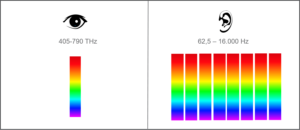
If we consider the width of power intensity perceived by the eye and the ear without causing instant damage, our ears can withstand around 130 dB which is about one trillion or a thousand billion units of power.
In contrast the power spectrum of the eye which can also be measured in decibel is around 10.000 times smaller.[2] For comparison that is roughly the relative size difference between an atom and a bacterial cell or the weight difference of a 4 month old baby to a fully grown blue whale (around 18 elephants).[3]
Life quality and ability
When it comes to the importance of a given sense, one way of evaluating this could be reviewing the effects of acute sensory loss. What seems to infer a greater loss of quality of life, could be argued to be more important. In this case we know that people with sudden hearing loss have a very high probability of becoming moderately to severely depressed with an accompanying higher risk of suicide.[4] This is likely due to the social isolation caused by the lack of clear communication with loved ones. Even though the loss of eye sight is certainly devastating, the prevalence of depression and suicide is far smaller.[5]

A similar argument, but from the opposite perspective, could also be made. That is to say, that the sense that contributes the most to developing our abilities of interacting with the world could also be argued as more important for human beings. So let’s consider enhancement of cognitive abilities through training. This subject has been and is still being studied rigorously as it is of interest to nearly everybody. In this field of study, no activities or modalities can compete with music training. Language abilities, memory, focus, attention span, confidence, IQ and much more are all positively correlated with music training[6]. Cognitive benefits from training in fields such as drawing, illustration, painting, photography or digital 3D animation does not show any comparably results. So how conclusive are the findings on cognitive benefits of music training?
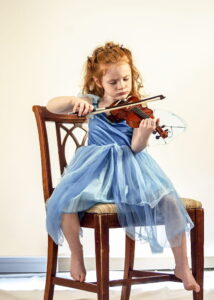
“The standard for a typical positive scientific study is an effect in 60 to 70% of subjects. That is, we would have to show that musical training impacts this percentage of the participants. Our research showed that musical training impacted over 90% of the children we studied[7]” – Dr. Sylvain Moreno
Neurophysiology
When it comes to arguments made purely on physiological observations most people would tend to think, that at least here the evidence would suggest the supremacy of vision in human beings. As stated in the beginning of this post, these kinds of “facts” have been promoted so heavily and repeatedly that they are well-known to the general public. The most famous claim states that most of our brain is dedicated to processing visual stimuli. The figures vary wildly but can be found all the way up to 50-90%[8]. But also here the evidence might not be as clear cut as most of us are led to believe. But to understand why, we must take a detour and visit one of the newest and most promising breakthroughs in sensory training for the blind; Echolocation.
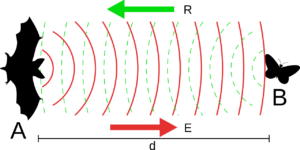
Echolocation and the visual cortex
Pioneers in echolocation for the blind like Daniel Kish[9] and Ben Underwood[10] both mastered the ability to echolocate. Namely, the ability to understand their surroundings by sending out sharp clicking sounds and listening for how these sounds are reflected by the environment around them. Daniel is known to precisely gage distances and name the materials of objects around him while Ben could reliably hit a basketball hoop and biked around his neighborhood. The method of echo localization is gradually being understood by researchers and spread with great benefit to the blind all over the world.[11] The intuitive assumption might be to think that this is an ability mainly attainable by the blind as the loss of their sense of sight is commonly thought to boost the remaining senses, but in this case that assumption would be wrong.
Professor Martinez Rojas and his colleagues taught basic echolocation to a group of normal seeing subjects in a matter of only three to five days[12] Which demonstrates that it is actually not an ability far out of reach of most people.
Researchers have scanned the brain of expert echolocators and tracked the corresponding activity in the brain. It turns out that echolocation is being processed in the primary visual cortex and is activating similar auxiliary brain regions as “normal vision.” From these findings you could make the argument, that what we normally register as “visual processing” in the brain is not exclusively visual. Rather it could be argued to be spatial and directional processing which for comparison is a particularly demanding calculation process in computers. So perhaps the old statements about the amount of brain power dedicated to visual processing is due for an update? Perhaps we are actually using most of our brain for space and direction processing regardless of sensory input.
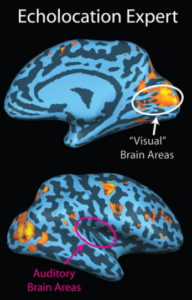
And the winner is…
So what is the final score in this battle of the senses? – It is literally a nonsensical question. We are inherently multisensory creatures. Any evidence for the supremacy of a given sense will likely have a counter argument or an analogue that will suggest otherwise. What this post is ultimate arguing is that modern culture might be too preoccupied with our eyes given the present evidence to the point of neglecting the importance or even possibilities of our sense of hearing. And other senses for that matter. Far more interesting and relevant questions than “What is the most important sense?” could for example be “in what ways do the senses cross-react?” or “can we utilize our sensory faculties to better complement each other?” and most of all “how can we design environments that synergistically support human sensory needs and potentials?”
Back in 1977 Murray Schafer called the soundscape of modern human habitats “sound sewers” – the symptom of a society that willingly trades its ears for its eyes[13].
As acousticians and sound enthusiasts we can rightly criticize the status quo of our modern visual paradigm. And as the detrimental effects of noise are becoming ever more evident the need to understand the underlying problems and make our arguments clear and concise becomes ever more important.
By Morten Roar Berg & Lauren Clark
————————————————————————————————–
This post is not a traditional Acoustic Bulletin post. Please let us know if you like this style of writing and content, if you like to see more traditional posts or perhaps something different
Read the other two posts in the series “Our Visual Focus” here:
Our Visual Focus (part 1) – Ocularcentrism
Our Visual Focus (Part 3) – Deafly Designed
Sources:
[1] Treasure, Julian (2011): “Sound Business – How to use Sound to Grow Profits and Brand Value.” Second Edition, Manegement Books Ltd., Gloucestershire, England, pp. 56-57.
[2] Ibid.
[3] https://modestfish.com/blue-whale-size/
https://www.cgbabyclub.co.uk/baby/feeding/baby-weight.html#
[4] https://www.reuters.com/article/us-health-hearingloss-depression/hearing-loss-tied-to-increased-risk-for-depression-idUSKCN1RT2HS
[5] https://www.ncbi.nlm.nih.gov/pmc/articles/PMC3772677/
[6] Saunders, Laura: ”Your brain on music – The cognitive benefits of music education” CreateSpace Independent Publishing Platform, 2017, ISBN-10: 9781974313280.
[7] https://www.rcmusic.com/getmedia/443b86ec-47ce-44b7-97e8-4860ffd91335/RCM_MusicEducationBenefits.aspx
[8] https://www.rochester.edu/pr/Review/V74N4/0402_brainscience.html
[9] Kish, Daniel (2015): “How I use sonar to navigate the world.” TED-talk: https://www.youtube.com/watch?v=uH0aihGWB8U
[10] https://www.youtube.com/watch?v=TeFRkAYb1uk
[11] Thaler, Lore & Goodale, Melvyn A. (2016): ”Echolocation in humans – an overview” Wiley Periodicals, Inc., 7(6):382-393.
[12] Martínez Rojas, Juan Antonio et al. (2009): “Physical analysis of several organic signals for human echolocation: oral vacuum pulses.” University of Alcalá, Madrid,
[13] Scafer, R. Murray (1977): “The Soundscape – Our Sonic Environment and the Tuning of the World.” Original edition, Destiny Books, Massachusetts, USA. p. 237.


